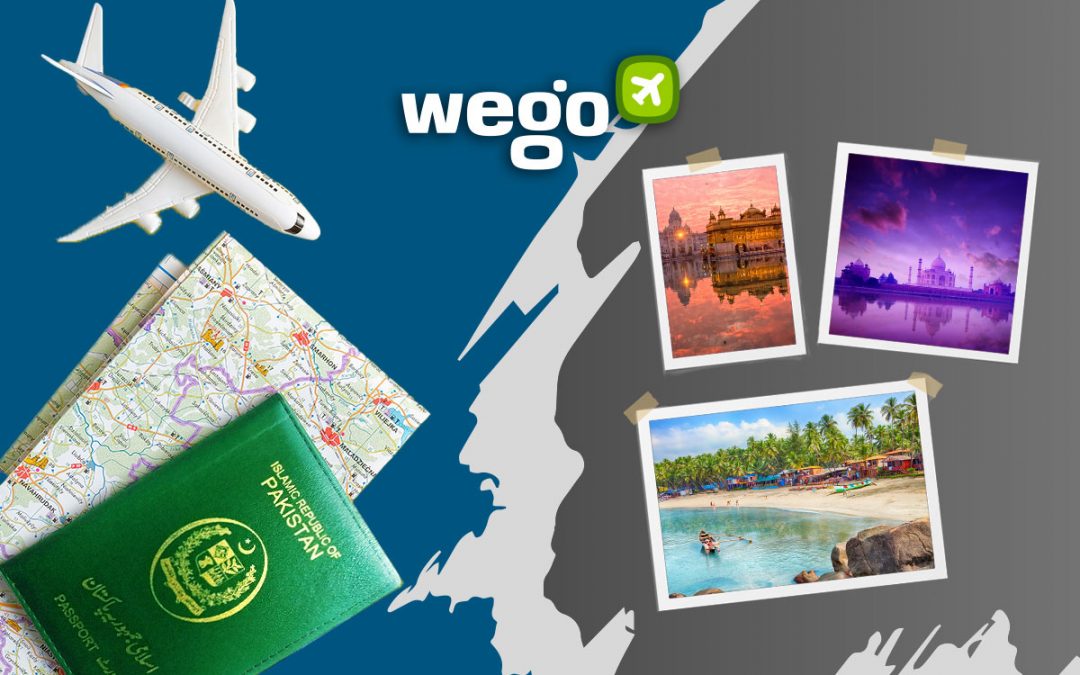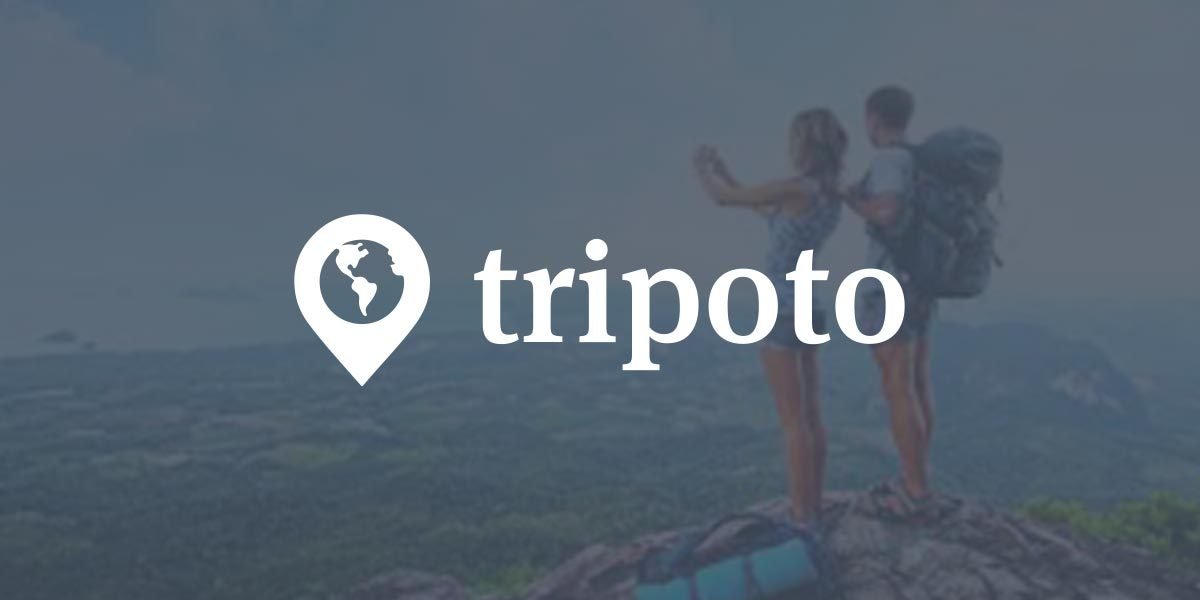Introduction: Why Start a Travel Blog?
News Travel Blog is not just about exploring new destinations; it’s also about capturing moments, sharing experiences, and inspiring others to embark on their own adventures. This is where a travel blog comes into play. By starting your own travel blog, you have the opportunity to weave together stories of your journeys, offer valuable insights, and build a community of like-minded travelers. Whether you’re a seasoned globetrotter or just beginning to explore the world, a travel blog allows you to document your adventures, share tips and recommendations, and connect with readers from across the globe.
Finding Your Niche: Identifying Your Unique Angle
One of the first steps in starting a travel blog is defining your niche. With countless travel blogs already in existence, carving out your own space in the digital world requires a unique angle or perspective. Consider what sets your travel experiences apart—whether it’s your love for off-the-beaten-path destinations, your expertise in budget travel hacks, or your passion for sustainable tourism. Your niche will not only attract a specific audience but also guide the direction of your content and help you stand out in a crowded market.
Setting Up Your Travel Blog: Choosing a Blogging Platform
Once you’ve identified your niche, it’s time to set up your travel blog. The first decision you’ll need to make is choosing a blogging platform. WordPress is a popular choice among bloggers for its flexibility, customization options, and vast array of plugins and themes. Alternatively, platforms like Blogger and Wix offer user-friendly interfaces and simple setup processes, making them ideal for beginners. Consider your technical proficiency, budget, and long-term goals when selecting the platform that best suits your needs.
Picking a Memorable Domain Name
Your domain name is the online identity of your travel blog, so it’s essential to choose a name that is memorable, reflective of your brand, and easy to spell and pronounce. Ideally, your domain name should include keywords related to your niche or the destinations you plan to cover. Conduct thorough research to ensure that your chosen domain name is available and not trademarked by another entity. Once you’ve found the perfect domain name, register it with a reputable domain registrar to secure your online presence.
Selecting a Hosting Provider
In addition to a domain name, you’ll also need web hosting to make your travel blog accessible to visitors. Web hosting providers offer server space and technical support to store your website files and ensure that your blog remains online 24/7. When choosing a hosting provider, consider factors such as uptime reliability, customer support, scalability, and pricing plans. Popular hosting companies like Bluehost, SiteGround, and HostGator offer affordable hosting packages tailored to the needs of bloggers.
Designing Your Blog: Choosing a Theme
The design of your travel blog plays a crucial role in attracting and retaining readers. A visually appealing and user-friendly website not only enhances the overall user experience but also reinforces your brand identity. When selecting a theme for your blog, opt for one that aligns with your niche and aesthetic preferences. Look for themes that are mobile-responsive, customizable, and optimized for speed and SEO. WordPress offers a wide range of free and premium themes tailored to various industries, including travel blogging.
Picking a Memorable Domain Name
Your domain name is the online identity of your travel blog, so it’s essential to choose a name that is memorable, reflective of your brand, and easy to spell and pronounce. Ideally, your domain name should include keywords related to your niche or the destinations you plan to cover. Conduct thorough research to ensure that your chosen domain name is available and not trademarked by another entity. Once you’ve found the perfect domain name, register it with a reputable domain registrar to secure your online presence.
Selecting a Hosting Provider
In addition to a domain name, you’ll also need web hosting to make your travel blog accessible to visitors. Web hosting providers offer server space and technical support to store your website files and ensure that your blog remains online 24/7. When choosing a hosting provider, consider factors such as uptime reliability, customer support, scalability, and pricing plans. Popular hosting companies like Bluehost, SiteGround, and HostGator offer affordable hosting packages tailored to the needs of bloggers.
Designing Your Blog: Choosing a Theme
The design of your travel blog plays a crucial role in attracting and retaining readers. A visually appealing and user-friendly website not only enhances the overall user experience but also reinforces your brand identity. When selecting a theme for your blog, opt for one that aligns with your niche and aesthetic preferences. Look for themes that are mobile-responsive, customizable, and optimized for speed and SEO. WordPress offers a wide range of free and premium themes tailored to various industries, including travel blogging.
Essential Plugins and Tools
In addition to a theme, plugins are essential for adding functionality and features to your travel blog. WordPress boasts an extensive repository of plugins that can help you optimize your site for search engines, improve security, enhance social media integration, and more. Some must-have plugins for travel bloggers include Yoast SEO for optimizing content for search engines, Akismet for spam protection, and WP Rocket for caching and website performance optimization. Experiment with different plugins to find the ones that best meet your needs and objectives.
Creating High-Quality Content: Content Planning and Strategy
Content is the cornerstone of any successful travel blog. To captivate your audience and keep them coming back for more, it’s essential to develop a content plan and strategy. Start by identifying your target audience and understanding their needs, interests, and pain points. From there, create an editorial calendar outlining the topics, themes, and formats you’ll cover in your blog posts. Consider incorporating a mix of evergreen content, seasonal topics, and trending subjects to keep your content fresh and relevant.
Writing Engaging Blog Posts: Crafting Compelling Headlines
The headline is the first thing readers see when browsing your blog, so it’s crucial to craft compelling and attention-grabbing titles that entice them to click and read more. A good headline should be descriptive, concise, and promise value or benefit to the reader. Use power words, numbers, and emotional triggers to pique curiosity and spark interest. Additionally, consider incorporating keywords strategically to improve your blog’s visibility in search engine results. Experiment with different headline formulas and analyze their performance to refine your approach over time.
Structuring Your Posts
In addition to captivating headlines, the structure of your blog posts plays a significant role in engaging readers and keeping them hooked until the end. Start with a strong introduction that sets the stage for the rest of the post and hooks the reader’s attention. Use subheadings to break up the content into digestible chunks and make it easier to skim and navigate. Incorporate relevant images, videos, and multimedia elements to enhance the visual appeal and storytelling aspect of your posts. Finally, conclude with a compelling call to action that encourages readers to comment, share, or take the next step.
Incorporating Visuals: Importance of High-Quality Images
They say a picture is worth a thousand words, and nowhere is this more true than in travel blogging. High-quality images not only enhance the visual appeal of your blog but also help bring your travel experiences to life for your audience. Invest in a good camera or smartphone with a decent camera quality and experiment with different photography techniques to capture stunning images of your adventures. Pay attention to composition, lighting, and perspective to create visually compelling photos that tell a story and evoke emotion. Additionally,




